The survivalists situational awareness: This is an easy skill that you can learn at home to improve your ability to identify potential threats, to be more “present” and to be more aware of your environment.
You might think that situational awareness is something for the Jason Bourne kind of people, but it’s actually very easy to master.
You can learn to strengthen your observation, seize opportunities, become more present, and better think strategically.
In this article, we answer the most frequently asked questions about situational awareness, how to use the survivalists situational awareness in daily life, and how you can improve your awareness through fun exercises you can do at home.
Learning situational awareness is one of the most important skills you can get in life. Why is it important?
Because your brain is a super-calculator capable of analyzing many scenarios, reactions, and hypotheses using the environment around you.
All you have to do is to scan through the mental clues to analyze a situation or a problem.
Situational awareness may sound like military jargon, but its use goes far beyond emergency and combat life.
Tactical awareness skills are something so easily adaptable, no matter who you are, what your job is, or what situation you are in.
For Preppers, situational awareness is a crucial skill to ensure that you and your family are able to stay out of dangerous situations, and when the problem comes up, you can quickly analyze it and think in practical terms.
If you are here to practice the situational awareness training exercises, scroll down. But if you want to learn more about the tactical mindset, keep reading.
What is Situational Awareness?
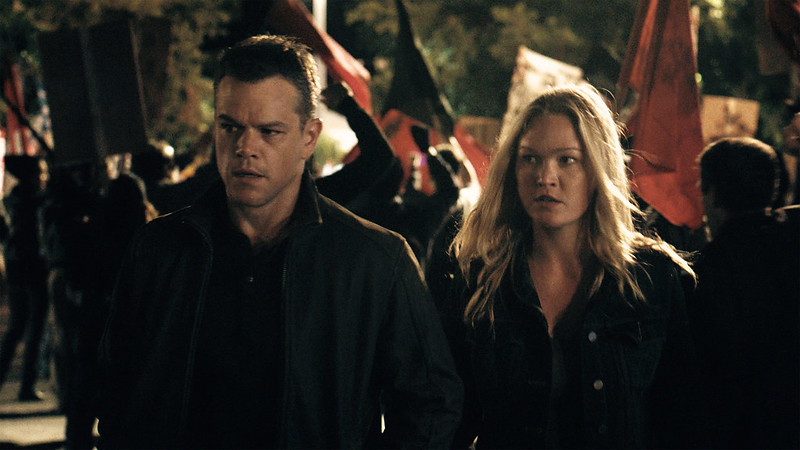
The subject of situational awareness has been featured in some popular movies, one of its most practical applications being that of our favorite spy, Jason Bourne.
Bourne would be able to walk into a crowd and find a suspicious man, while the world’s largest government would be unable to find him.
Here is an explanation from the man himself about extreme situational awareness, and it gives you a good idea of how instantaneous observation and monitoring of your environment serves your situational awareness.
What is situational awareness in a practical sense?
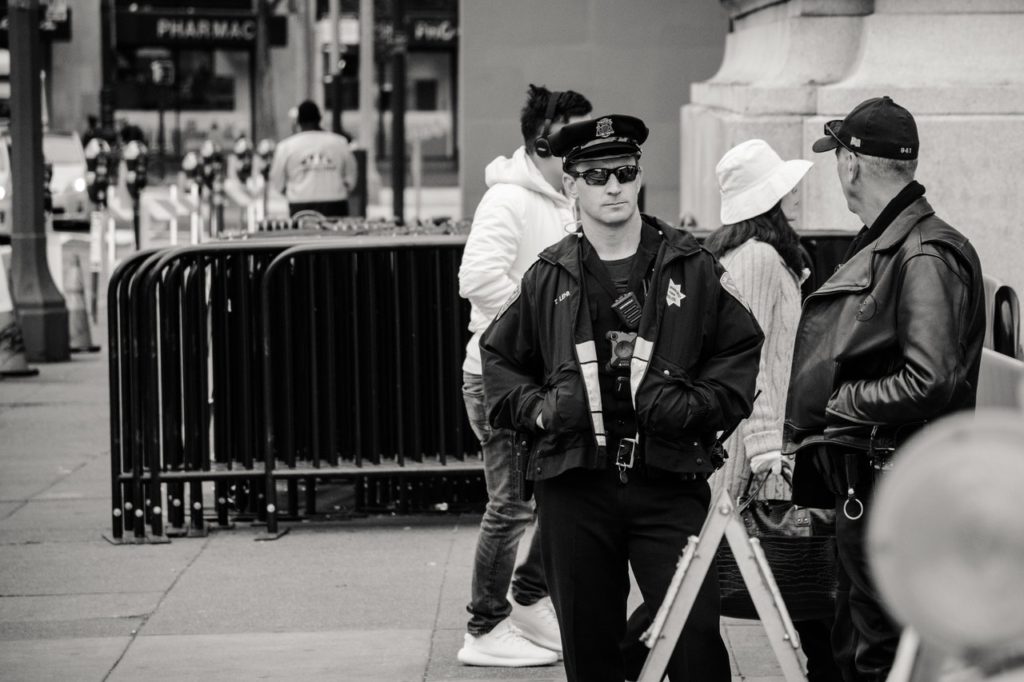
While I am not Jason Bourne, I still prefer the practical side of it, which is the level of understanding, identification, and application of your environment and the things around you.
What you need to realize is that situational awareness is appropriate for any occupation.
As you read this, you will probably keep in mind that the survivalists situational awareness apply to roles such as spies and intelligence officers working for a government.
These roles have a number of reasons why situational awareness is a critical skill, such as early detection of threats, keen sense, quick reaction times, and the development of that “gut feeling.
For modern intelligence, much of the work of espionage is conducted through technological aspects, such as the use of open-source intelligence-gathering methods, black hat techniques, and an understanding of a subject’s trail and surveillance.
This is called situational awareness because it allows intelligence agencies and agents to better know and observe a likely threat target.
While this may have an added benefit for spy agencies and the military, there are a number of other interesting professions and even some things you do in everyday life that use situational awareness, such as:
When driving, you need to be constantly aware of your surroundings in busy areas with unpredictable traffic and scan the road for potential dangers. Cab drivers do this every day.
Pilots and air traffic controllers are rigorous in their environment, whether it’s weather statistics, weight limits, other types of traffic, schedules, and extra pressure from passengers and staff.
Police are confronted daily with dangerous environments such as entering a home with a domestic violence conflict where they must understand the emotional signs, the body language, potential threats from people and nearby objects, risks, and their own cues.
Young parents become aware of each situation by identifying dangerous objects, heights, or any potential risks to their young kids.
And while these are just a few of the roles that use those outreach skills, there are many more that you can probably identify.
For most people, just like mothers, drivers, pilots, and police officers, looking for security breaches and likely risks is just an automatic reaction to everyday life.
So how can you use the survivalists’ situational awareness?
Think of this scenario: you are on a boat. It sinks and you wake up to find yourself trapped on a desert island. What are your first reactions to survive once on the island?
You can sense the weather and estimate how long it will take you to get thirsty.
Assess the level of tasks you should be doing to work without sweating.
Thinking about where you should work, where it would be the least painful to do it, to get out of the sun.
Think about where to fetch water by identifying mountains, the ocean, and thick trees.
You think about the priorities you have, such as shelter, water, fire, getting help.
Looking at a more modern approach to situational awareness, let’s take the example where you are in a resort on vacation, and suddenly you notice men arriving at the hotel:
Are they wearing vacation clothes?
Are they wearing something loose enough to conceal a bomb or weapons?
Are they traveling in a targeted formation?
These clues could mean the difference between an early warning system to leave an area and call the authorities en route or being the victim of a terrorist attack.
There is no doubt that terrorism is inevitable but situational awareness is a method of identifying specific elements that could lead to harm later.
Whether it’s a high school student carrying a weapon at school or a suspicious person at a crowded sporting event.
In this regard, survivalists situational awareness is very important for urban survival.
So why would such a technique be useful for preppers and survivalists?
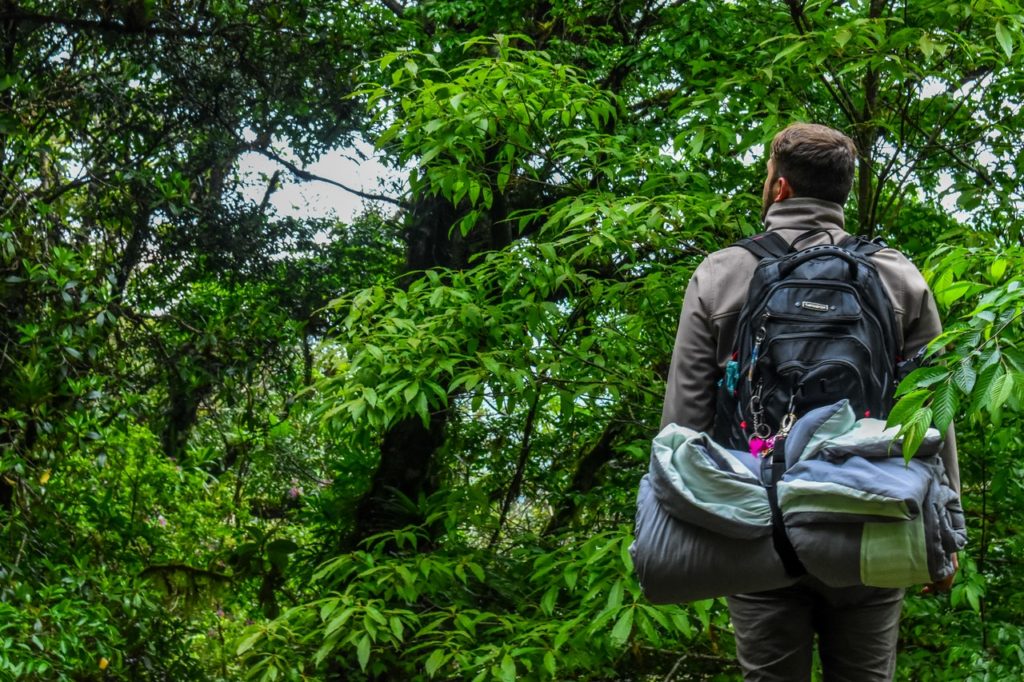
It’s an element of self-analysis that you can train now by regularly conducting your own self-assessments and becoming aware of your different situations.
While many preppers rely on their tools and supplies to deal with an emergency situation, the only tools you may have are your body and mind.
When you work on this situational awareness and have the right supplies, you are unstoppable.
The OODA loop technique
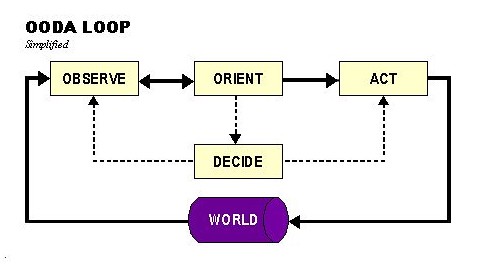
The OODA loop is the way you need to start thinking about every issue in your situation and environment. It means:
- Observation
- Orientation
- Decision
- Action
To apply them to an understandable example, think of these terms in the field of boxing. We are faced with a strong fighter preparing for a Jab raised to the head. We have just made an observation that the strong fighter is about to strike.
In the orientation, we think: if the fighter hits me, I’m out or if the fighter hits me and I block, I’m safe. So I engage in a favorable decision which is to block the punch, and I perform the blocking action against the fighter.
You can see how relevant this becomes in emergency situations, disasters, and conflicts on both a small and a large scale.
The OODA loop can work on everything from the evacuation plan when have to deal with a flood, to the strategies a government would use to respond to a terrorist attack.
When you walk into a room like Jason Bourne did in this clip above and analyze exits, potential weapons, and potential threats, you engage the OO of the OODA loop.
When it’s SHTF in that environment, you may be walking through the possible sequences of the DA loops until you enter the new territory to make new observations and directions.
What else can the OODA loop be applied to?
Someone is watching you at the bar, what are you doing?
You start a conversation with a hostile neighbor, how should you approach them?
A dog attacks you, how do you defend yourself?
Someone is walking towards you in a dark alley at night, how do you assess the situation?
All of these situations can use the OODA loop and your situational awareness to become aware of your environment and the other person, their intention, how actions will work, the most effective decision, and the completion of an action.
Assessing your environment for suspicious activity:
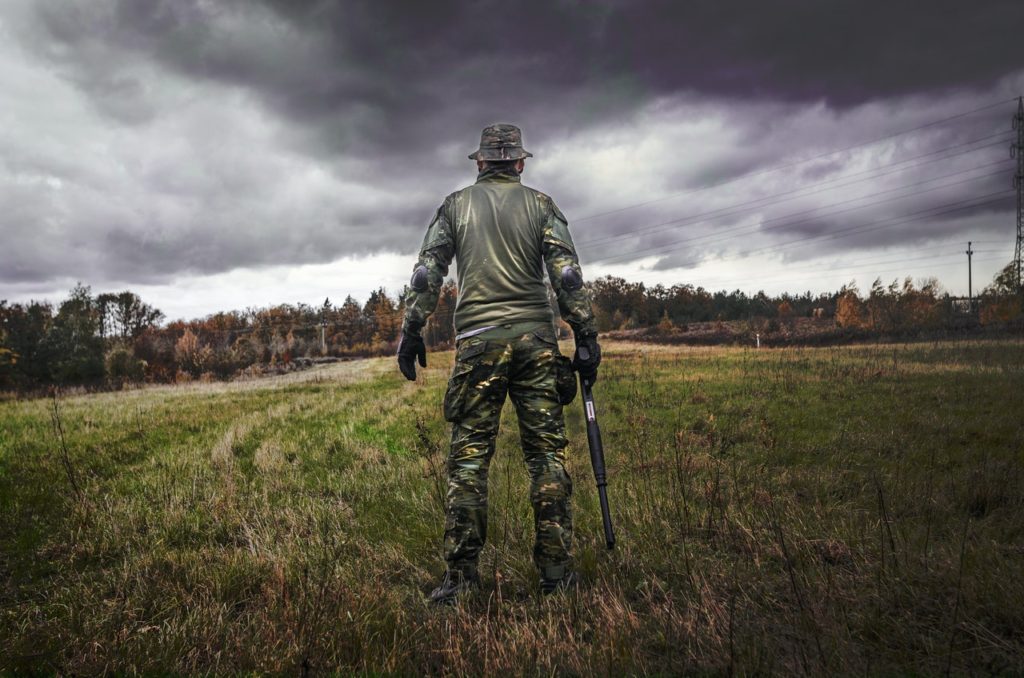
Constant assessments of the environment are a characteristic of people who come from a hostile area, a war zone, or have been involved in a series of random conflicts.
People who have been exposed to these hostile environments tend to observe more than the others.
This skill of constantly assessing your environment is not necessarily taught, it’s a method developed from a specific surrounding.
However, some survivalists situational awareness training strategies can be practiced by those who haven’t been involved in hostile environments.
The first type of observation is your own positioning. Many people who have been experiencing hostile areas will choose a strategic position.
They sit where they can clearly see the entrance to a room, such as a restaurant or a café, and be able to reach another exit if necessary.
This would be to preload the OO into the OODA loop so that if something like an urban terrorist attack were to occur, all you would have to do would be to make the decision and make a safe escape.
The other type of observation consists of observing other people and details. I have covered this briefly before but basically you should look for details such as:
- Escape routes
- Potential weapons
- Suspicious persons
- Other concerning circumstances
This is where situational awareness plays an important role in preventing terrible events such as high school shootings.
While there are a number of approaches to respond to an active shooter, there are fewer strategies for dealing with the prevention of these shootings.
However, one of the most important strategies (many of which are done in hindsight) is to encourage situational awareness and observation of any suspicious activity.
Police and intelligence agencies conduct public campaigns to “call if you notice anything suspicious”.
This is to encourage people to be proactive in identifying some of the things that people might do that lead to a possible disastrous event.
Of course, not everyone will be on the lookout for potential terrorist threats or potential active shooters. Who would live in fear of something serious happening every day?
Instead, there are some advertising signs that should make you think: is that right? These would be things like:
A high school student carrying a large bag in a school containing heavy equipment, would it look suspicious?
A person jumps on public transportation with a backpack that is too big and looks very nervous, possibly sweating, avoiding eye contact, and acting very carefully, would that look suspicious?
If you see someone at a sporting event carrying a large package, or wearing bulky clothing on a hot day and looking at the crowd and other areas rather than watching the game, would that look suspicious?
A man has left a large package under a public seat in an airport, and you notice that he is leaving quickly, would it look suspicious?
Of course, some of these situations could have a logical explanation and be innocent events. 9 times out of 10, what you might notice could be a completely natural and innocent act.
But the one time this happens, you could potentially save not only your life but save the lives of many other innocent people, simply by preventing someone from committing a terrible act.
Survivalists situational Awareness and Urban Terrorism:

For this type of situational observation, one of our readers who lives in a conflict zone attended a training camp on survivalists situational awareness and how to identify possible urban risks. He said it was a very popular course for families.
The training was also used to identify times when the public should avoid places such as shopping malls and encourage citizens to be aware of the risks of terrorist attacks by teaching alternative shopping methods at a predictable time.
These may be extreme but necessary measures that people must take in their area when faced with an urban war zone.
Some of these teaching methods have highlighted factors from common terrorist attacks that would indicate how to spot a future attack. Of course, overcrowded places are always a potential threat location.
But other factors may include suspicious packages left behind, lookouts in or around the crowd, and constantly watch around to determine the time where an attack may happen.
There may also be a person wearing a bulky jacket or clothing on a hot day that could be covering explosives.
Recommendations have also been made to people in European hot spots to prevent car attacks in cities.
For example, if there is overcrowding near roads that do not have gutters or barriers. The sudden acceleration of a car might be a sign that something bad might happen.
Attention to simple factors, such as those we have reported, may not stop an attack, but it may give you a small window of time (seconds or minutes) to save yourself and the others.
How to increase your situational awareness
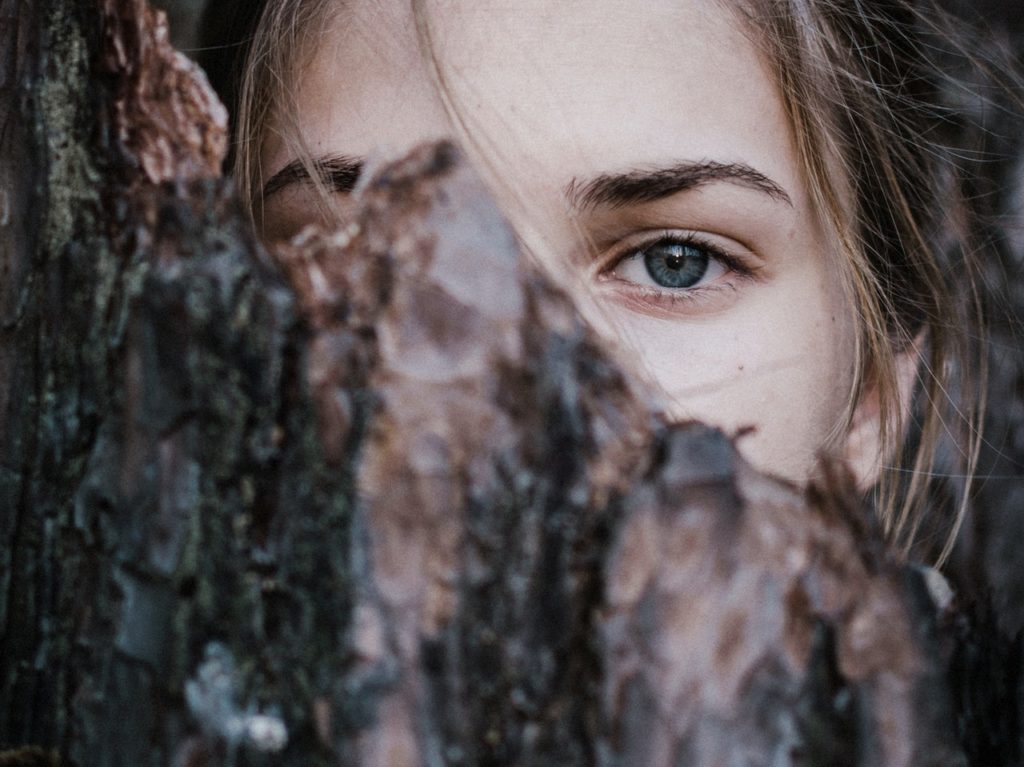
Simply knowing what is situational awareness will not bring you to the level you want, like all things in life, it takes practice.
The practice is not a boring way to increase situational awareness, and many games and brain exercises are here to help you.
Some of the games you can do to increase awareness are the following:
Kim’s Game (played in schools and scouts)
Peripheral vision exercise
Audio identification
Identification of a foreigner
Visual Treasure Hunt
Spot the difference.
1. Kim’s Game for Situational Awareness
To improve their situational awareness and memory skills, children in Scouts and even in schools play Kim’s Game (memory game).
The name itself comes from an old novel called Kim, but the game is quite simple:
A board is covered with various items such as spoons, pencils, bullets, and various other items that snipers or scouts are familiar with.
A towel is placed on top of the items, and people have one minute to see all the items.
Competitors then list the items they have seen.
The winner is the one who can list the most.
2. Peripheral vision exercise
You’ve probably discovered that a lot of situational awareness skills are related to the things you see and by observing everything that’s going on around you.
But what about when you’re not looking? Have you ever seen something that saved your life, stopped an accident, or averted danger? It’s your peripheral vision that works like magic.
Watch this video on how to raise awareness of your peripheral vision:
3. Identifying sounds
Another great game and the one I played on the scouting team with the kids, is the game “What’s That?”
Its aim is to help you think critically about the sounds you hear every day and to find out what might be its source without seeing it.
This training method is fun to play and it also connects many points with sounds we have already heard.
Here’s how to play the sound identification game:
Simply ask a player to mimic a sound then the other players must then guess.
Not only does this game increase the ability to identify different sounds, but also the memory of the sound so you can bring it back later.
4. Identification of the stranger
Remembering a face you may have seen on the street, at work, at school, or during the weekend comes up regularly.
The problem is that we are always faced with the question of how I know this person. It happens to everyone.
But one way to improve your facial recognition ability is to try to remember that person’s face, name, and location.
You can try this in everyday life by taking your own mental snapshot of a face and where you saw that person.
You never know when you might need to remember this information. Help with a police investigation, or if you came across this person again and she brings up the old “have we met before?
5. Treasure Hunt
Military survivalists situational awareness training uses a variety of activities including the following.
When I was in the military, the best triathlon exercise I loved was this one and I recommend it to anyone looking to increase awareness. It goes like this:
Camouflaged objects were hidden in a dense area 5 meters wide and 10 meters long.
Trainees had 10 minutes to view the area from one location and search for items.
Trainees were then required to do a physical exercise with an excessive amount of repetition.
Trainees were then required to recall the objects they saw immediately after the exercise.
6. Find for the differences
Finding the differences is a game played by almost every child. A person is presented with a picture and a second similar picture, and the player must be able to notice any minor differences.
There are many of these types of games available, give it a try!






